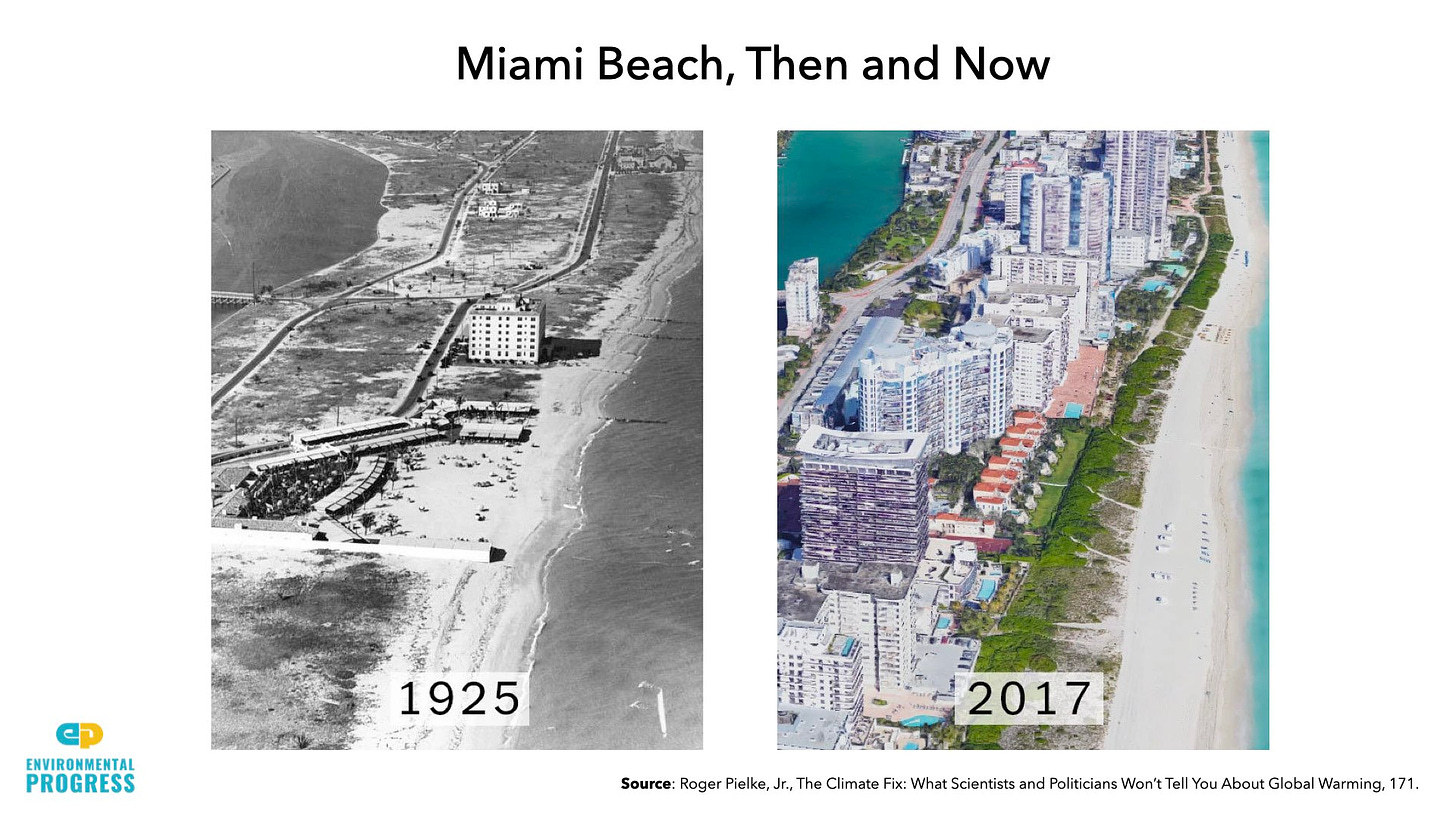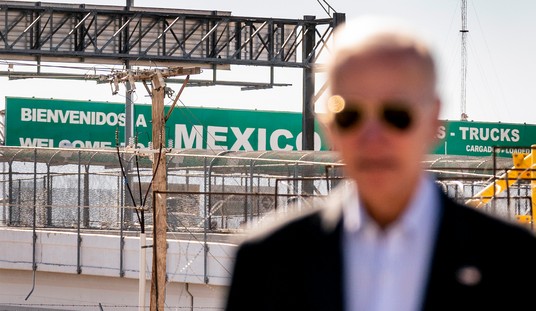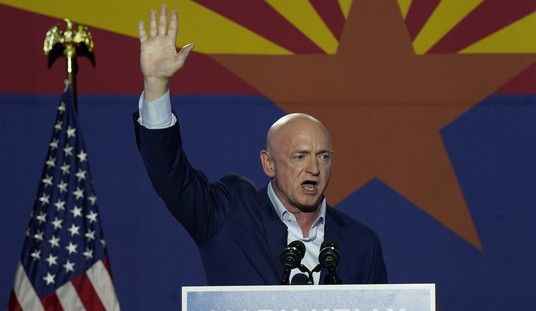Climate change activists believe that lying is a good strategy for convincing people to submit to their whims.
That’s not how they roll.
The latest example of propaganda masquerading as truth telling came from President Biden, because, well, of course it did. He just couldn’t let an opportunity escape, regardless of how ridiculous or opportunistic.
Biden: "I think the one thing [the hurricane] has ended is the discussion about whether or not there is climate change and we should do something about it." pic.twitter.com/bBgnJcpvlX
— Greg Price (@greg_price11) October 5, 2022
Biden’s linking of Hurricane Ian to climate change is ridiculous for a lot of reasons. Let’s consider just a few:
- Forecasters had predicted a worse than usual hurricane season. They were dead wrong. Storm activity was unusually low, not unusually high.
- While a bad Hurricane, Ian was hardly out of the norm for hurricanes that make landfall in the US
- NOAA research shows that as of yet there is little to no evidence that climate change has had any impact on storm frequency or severity
- It is impossible to link any particular storm to climate change. A NOAA official even had to correct Don Lemon on precisely this point before the hurricane struck
- Increases in hurricane losses over time are attributable entirely to the increased value of the real estate investments on the coast. You may have noticed that most of our retired global warming alarmist politicians buy expensive homes on the coast, where they supposedly believe climate change will drown real estate and cause massive storms to ravage the landscape.
These are just a few of the many things that dispute the claim that Ian’s landfall and damage had anything to do with climate change. Let’s take them one by one:
FORECASTERS PREDICTED WORSE THAN NORMAL SEASON:
This is indisputable, as is the fact that the season was actually abnormally quiet. You can go to NOAA’s website and they list all the reasons why they expected this. To be fair, they did not assert that this would be the case, and the prediction was that it was likely, not certain to be the case. Because their job requires some level of objectivity, not propaganda in such matters. Despite Ian’s ferocity, overall the hurricane season has been significantly quieter than normal. Promoters of the “Ian proves that climate change will kill us all unless you give us more money and power” narrative are counting on you forgetting how wrong they were earlier, and of course the MSM will help push the current Narrative™.
HURRICANE IAN WAS NOT OUT OF NORM
Out of 37 major storms to hit Florida since records were kept, Ian ranks well within the norm:
By measure of sustained winds at landfall, Ian is in an eight-way tie for the fifth-strongest storm to strike the United States. Over the past two years, two other storms pummeled the United States with winds up to 150 mph:
Table showing all continental US landfalling #hurricanes with max winds of 150+ mph. #HurricaneIan is in a tie for 5th with multiple other hurricanes (most recent one was Ida (2021)) for strongest winds on record at landfall. pic.twitter.com/LViiPLYloq
— Philip Klotzbach (@philklotzbach) September 28, 2022
If you look at the 8 which are tied, you will see that they are distributed between the late 19th and early 20th century, and the worst were all in the 20th century. Ian was a bad storm, but hardly at the top. The worst storm was in 1935.
NOAA RESEARCH SHOWS THAT STORM FREQUENCY AND STRENGTH DOES NOT INDICATE THAT STORMS HAVE GOTTEN MORE FREQUENT OR WORSE.
This one requires a bit of digging, because you can make the case that this is not true by looking merely at statistics. But as a NOAA research paper demonstrates, storm frequency statistics are driven by better detection from satellites, not actual increases in storms. You can read the paper here. Interesting things to note from the research:
If one explores the tropical cyclone database for the Atlantic (HURDAT) more carefully, as was described by Landsea et al (2009), one notices that there has been a very substantial increase in the number of short-duration tropical storms (storms lasting less than two days), while those storms whose duration exceeds two days have not shown a statistically significant increase since the late-19th Century (particularly if they are adjusted for likely missing storms) – see Figure 1 above. We are unaware of a climate change signal that would result in an increase of only the shortest duration storms, while such an increase is qualitatively consistent with what one would expect from improvements with observational practices
And:
The evidence for an upward trend is even weaker if we look at U.S. landfalling hurricanes, which even show a slight negative trend beginning from 1900 or from the late 1800s (Figure 3, yellow curves). Hurricane landfalling frequency is much less common than basin-wide occurrence, meaning that the U.S. landfalling hurricane record, while more reliable than the basin-wide record, suffers from degraded signal-to-noise characteristics for assessing trends.
This is straight from NOAA, not climate change “deniers.”
IMPOSSIBLE TO LINK A PARTICULAR STORM TO CLIMATE CHANGE
This is all you need to see:
HURRICANE LOSSES CAUSED BY INCREASED PROPERTY VALUES AND CONSTRUCTION, NOT SEVERITY
Michael Shellenberger has an excellent piece on his Substack discussing this and other lies being told to you. Here is just a bit:
The increasing cost of hurricane damage can be explained entirely by more people and more property in harm’s way. Consider how much more developed Miami Beach is today compared to a century ago. Once you adjust for rising wealth, there is no trend of increasing damage.

If you compare property losses from earlier days to today without accounting for the increasing value of the property, of course losses will look like they are skyrocketing. But anybody with an ounce of common sense and common decency will recognize the inevitability of this, given how much we have invested in putting valuable construction directly in the path of entirely predictable storms. While we cannot predict individual storms ahead of time, experience tells us that hurricanes will come through these areas and produce substantial damage.








Join the conversation as a VIP Member